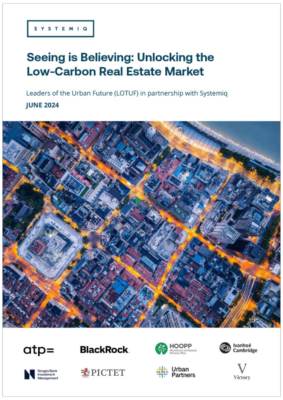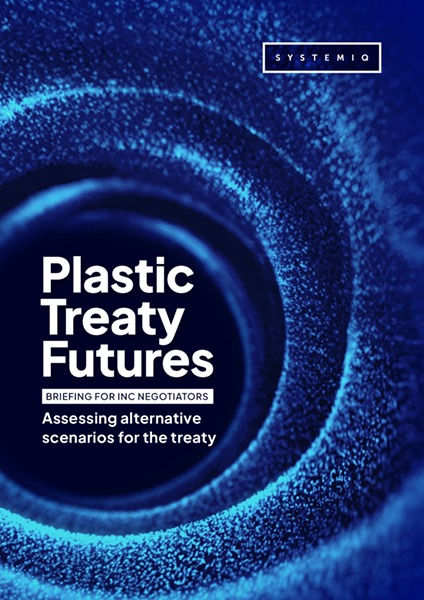Unlocking the low-carbon real estate market
How do we unlock the low-carbon real estate market?
We need a market where carbon and energy data are shared and used like financial data to inform decision-making. Performance transparency and clear 1.5°C-aligned or better targets enable the market to properly identify, price, and demand low-carbon buildings and portfolios.
Investors can play a key role in delivering this through stimulating demand for transparency; driving better ratings tools; facilitating data sharing; and advocating for policy.
Transparency is not a silver bullet, but it is a crucial part of unlocking the low-carbon real estate market, helping investors deliver better, lower-carbon buildings whilst creating and preserving value.
LOTUF (Leaders of the Urban Future) was established in 2022 by a group of ambitious real estate investors and Systemiq to understand: what we mean by low-carbon real estate and the key principles and levers that should underpin decarbonisation; and how to create and preserve value in decarbonisation, thereby unlocking the low-carbon real estate market. This paper presents specific, actionable solutions for real estate owners and others across the system that could – in combination – amount to a real breakthrough.




